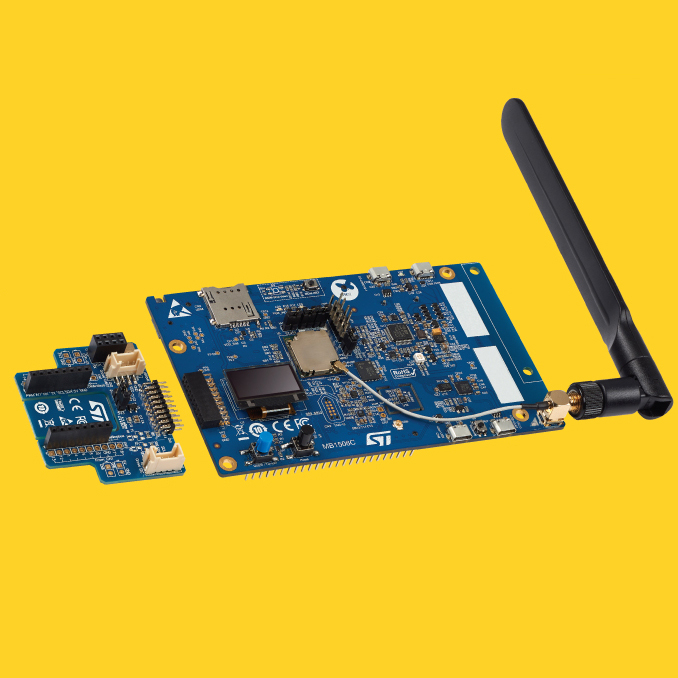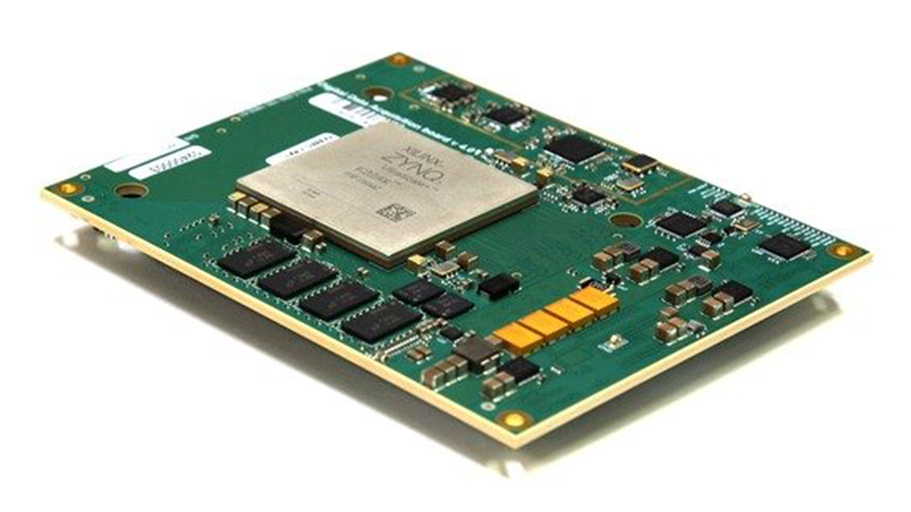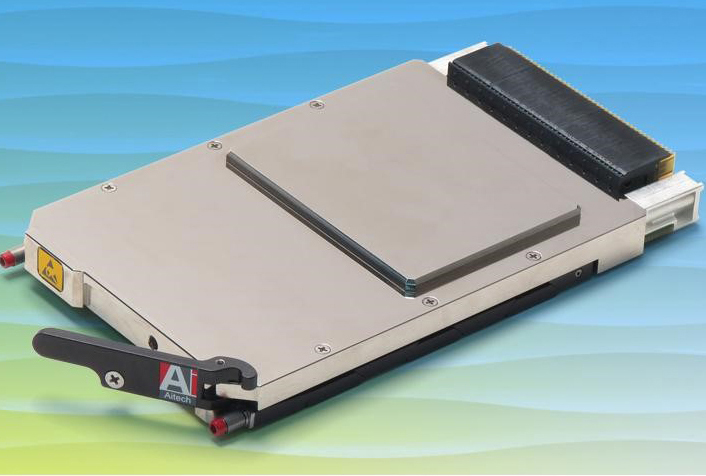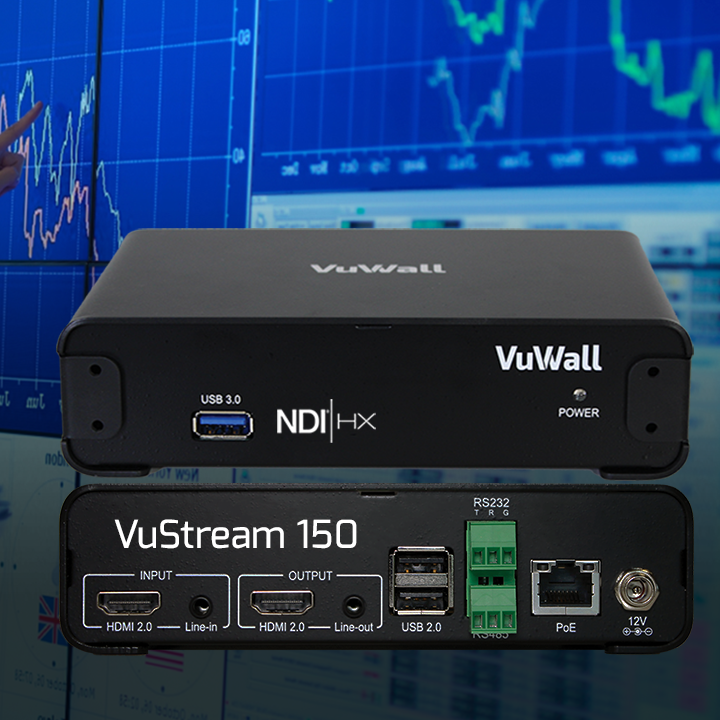Top 5 design products in April
Electronic Specifier takes a look at the top five design products released in April.
1) The discovery kit containing eSim with bootstrap for IoT
The STMicroelectronics B-L462E-CELL1 Discovery kit brings together the critical hardware and software building blocks, including GSMA-certified embedded SIM (eSIM) to quickly develop power-conscious Cellular IoT devices that connect to the Internet through LTE-Cat M and NB-IoT networks. It is well suited for embedded developers and IoT evangelists, and affordable for OEM and mass-market customers.
The kit features an ultra-small size all-in-one cellular module from Murata, which embeds ST’s ultra-low-power STM32L462 microcontroller, ST4SIM-200M GSMA-certified embedded SIM (eSIM), and an LTE-M/NB-IOT chipset. The eSIM is pre-programmed with a bootstrap connectivity profile from Truphone, an ST Authorised Partner.
The kit leverages out-of-the-box data connectivity and enables remote SIM provisioning and SIM Over-The-Air updates. The user can immediately start the board by connecting to a power supply using a USB cable or inserting three AAA batteries in the connector provided before activating the eSIM to let the board connect to a cellular network to begin developing the application.

2) DSPs targeting high-end and always on applications
Cadence Design Systems has expanded its popular Tensilica Vision DSP product family with the debut of two new DSP IP cores for embedded vision and AI. Packing a 3.8 tera operations per second (TOPS), the flagship Cadence Tensilica Vision Q8 DSP delivers two times performance and memory bandwidth compared to the Tensilica Vision Q7 DSP and energy efficiency for high-end vision and imaging applications in the automotive and mobile markets.
The Tensilica Vision P1 DSP is optimised for always-on and smart sensor applications in the consumer market, providing an energy-efficient solution.
Based on the similar SIMD and VLIW architecture found in the existing Tensilica Vision DSPs, the Vision Q8 and Vision P1 DSPs feature an N-way programming model that preserves software compatibility for an easy migration from prior-generation Tensilica Vision DSPs with different SIMD widths.

3) System-on-module targeting multi-channel RF
The XRF8 Xilinx RFSoC Gen 3 system-on-module is now available from Avnet. The XRF8 module and Avalon software suite enable production-ready system development using the Xilinx Zynq UltraScale+ RFSoC Gen3 for RF applications demanding small footprint, high-speed serial connectivity and real-time processing.
It is capable of RF direct conversion of signals with analogue bandwidth up to six gigahertz. The XRF8 module can digitise 8 ADC channels at 6 giga-samples per second (GSPS) and generate complex (I/Q) waveforms through 8 DAC channels at 10 GSPS.
High-speed serial connectivity is available for 25G Ethernet and Xilinx Aurora protocol. Baseband processing and network interface are handled by the Xilinx UltraScale+ RFSoC integrated quad Arm Cortex-A53 processing subsystem and programmable logic.

4) NVIDIA graphics board aligns with SOSA standard
Aitech has expanded its SOSA aligned product offerings with the powerful U-C5300, a 3U VPX multi-head graphics board featuring NVIDIA GPUs based on the Turing architecture.
Updated to align with the SOSA Technical Standard, the U-C5300 can be bundled with Aitech’s U-C8770, a SOSA aligned SBC that brings an advanced, hardware-based cybersecurity infrastructure to rugged embedded systems needing to comply with the Modular Open Systems Approach (MOSA) outlined by the US Department of Defense (DoD).
Aitech’s growing SOSA aligned portfolio is designed to support the DoD ecosystem approach that enables smooth integration from project development to field deployment.

5) NDI protocol to advance software-driven IP workflows
VuWall has announced support for software-driven IP workflows by integrating the NDI protocol in the VuStream 150 encoder/decoder appliance. VuStream 150 now supports NDI-enabled applications and devices using standard Ethernet local area networks.
VuWall’s NDI implementation reportedly puts them amongst the industry’s largest IP ecosystem of products, as they join the rapidly expanding number of companies enabling interoperability within IP-based customer workflows.
NDI is a royalty-free technology that allows video, audio and data sources to be shared bi-directionally across a network. NDI eliminates the need for costly direct connections, expensive cable runs, and infrastructure upgrades while making any source available for any destination on the network.











